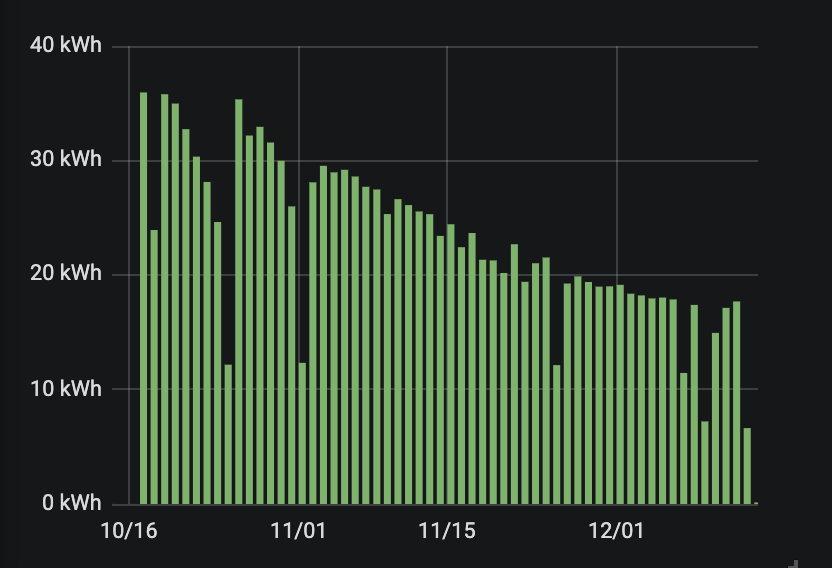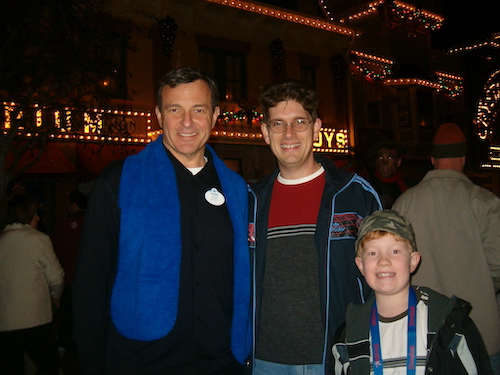“Integrity, honesty, trust, respect, playing by the rules, and teamwork define the operating principles of our Company.” – Bob Iger
It was a tiny three-bedroom house in an older community in Tulsa. Our small family of three just expanded to four so we welcomed graduating from the tiny apartment to this small single-family home. Sure, it was a modest place but we loved it. We had people over. Birthdays, holidays and family gatherings were hosted there. But while memories were being made, sadly, cracks were forming. Literally. It started with some windows that would no longer open, doors that would not close and eventually graduated to full-inch sized cracks in the wall! What was happening? Our first home was literally breaking apart around us.
As you probably guessed, it was the foundation. The house had been built on fill and the support under it was crumbling away. We were devastated. We called a foundation repair company who came to fix our broken home. After days of digging, piering and preparing they were finally ready for the fix. In unison, the workers had assembled around the house and simultaneously activated the ratchets to lift the foundation. “One, Two, Three… Lift!” Pow! It was like a miracle. We watched all the gaps in the wall close. The windows worked gain and we could even close the door.
Integrity is a foundational principle. Our lives, our relationships, and our companies are built upon this foundation. To me, integrity is like a three-dimensional representation of honesty. On one axis, it says we seek truth even when it is inconvenient or painful. Integrity piers deep to find bedrock truth. On another axis, it demands reliability in word and deed. What we say we believe and will do, we do. The concrete of integrity is commitment and dependability. On another axis, it says that we are consistent, single faced rather than two-faced. We believe, we speak, we do in a unifying way that is honest, truthful and genuine. Wind, water, earthquakes and storms will rage against integrity, but it stands firm, consistent and true. When integrity is in place, the structures of our lives, society and businesses can be built with speed and confidence. When it isn’t there, cracks form. Doors close. Windows of opportunities are locked shut. Progress stops.
How is your foundation? I’m going to let you in on a little secret. We all fail. There are cracks in our foundation. We fib to ourselves and others. At times, we can be lazy or lacking in our commitments. But we don’t have to stay there! We can start over. We can change course and ratchet up the integrity in our lives. When we do, we activate a powerhouse of dependability, stability and resilience that we can build on.
Integrity establishes a firm foundation on which we can shape our future, our relationships, our society and our world. The ground is full of false narratives, inconsistencies, lies and disappointments. Don’t build your life on that shifting sand. Anchor yourself to the rock of truth. Be relentlessly honest with yourself and others. Be the consistent you that you can be. Stay the course and keep the faith. It will inspire others to do the same. “One, Two, Three… Lift!” Let’s close the gaps.







